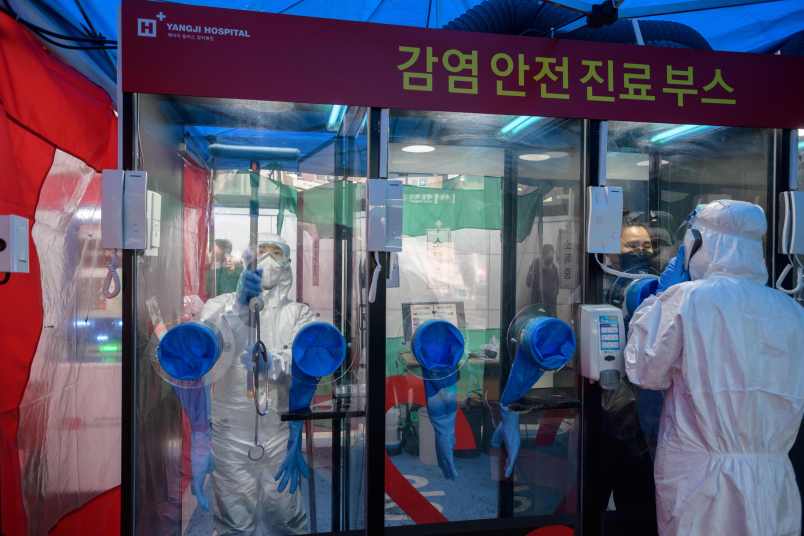There’s a flurry of reporting about how South Korea’s early success breaking the COVID19 epidemic in the country has now ‘dimmed’, as the The Wall Street Journal puts it, with a new potential outbreak. This stems from a new case in which one 29 year old man hit five different bars last weekend in one part of Seoul and exposed as many as 2,000 people. More than fifty new cases have now been identified tied to this one man.
But there’s a more optimistic way of looking at this new rash of cases.
Note in the limited details I’ve just shared how much South Korean authorities know. They’ve identified the man at the center of the new flare up. They know how many and which places he visited on what appears to have been the key night. They’ve identified roughly 2,000 people he appears to have exposed or potentially exposed on that evening of bar hoping. They’ve already tested many of them; a subset has already been confirmed as infected and now quarantined.
You need to have a pretty small outbreak to be able to do this kind of rapid detective work. You also need a system in place to trace, test and isolate. Remember that South Korea’s initial outbreak was similarly focused and tracked with comparable precision. The outbreak was overwhelmingly tied to a group that is identified either as a church or a cult (the Shincheonji Church) which holds services in which congregants are especially densely packed together. One older woman who was already being treated for what turned out to be COVID19 left the hospital and attended one of these services. The whole South Korean outbreak was overwhelmingly tied to this one exposure. The initial (largely successful) effort to halt the spread was heavily focused on testing every member of that group.
You need to keep an outbreak fairly small for this kind of tracking to be at all feasible and you need the tools to be able to do it. This also reminds us that quantity of testing isn’t everything. (The US has now conducted more than twice the number of tests on a per capita basis as South Korea and has almost 50 times the number of deaths on the same per capita basis.) You need to be using them as part of an effective surveillance and containment strategy. You also need to keep the scale of the epidemic small enough that this is possible.
This new flare up in South Korea reminds us that until there’s a vaccine every national success story is provisional and vulnerable to the next mix of bad luck or recklessness that restarts the process all over again.






